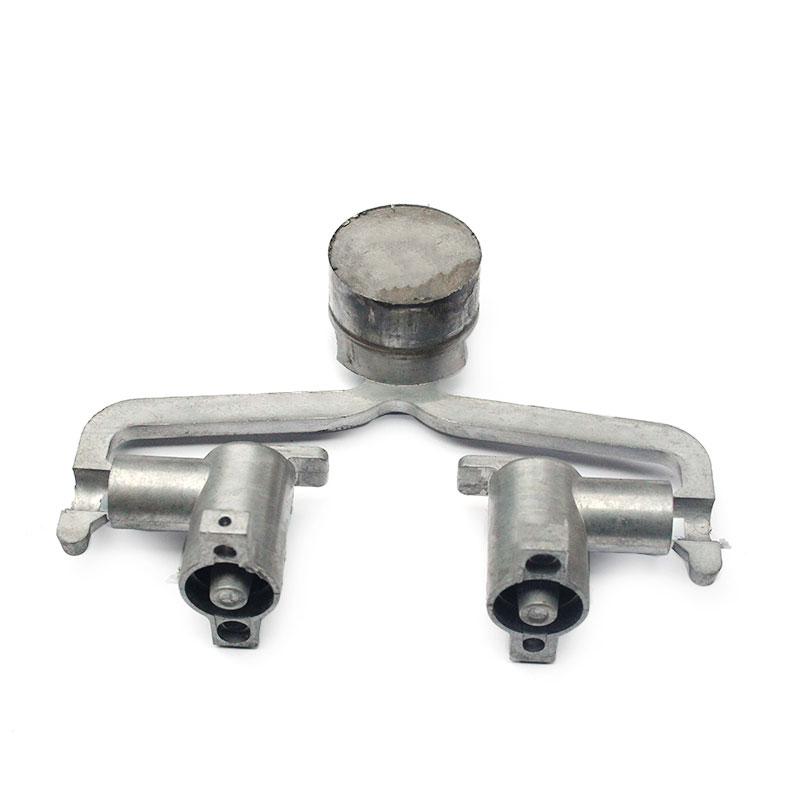2.Inspection of internal defects of castings
(aluminum casting)
For internal defects, the commonly used nondestructive testing methods are radiographic testing and ultrasonic testing. Among them, the effect of radiographic testing is the best. It can get an intuitive image reflecting the type, shape, size and distribution of internal defects. However, for large castings with large thickness, ultrasonic testing is very effective. It can accurately measure the location, equivalent size and distribution of internal defects.
1) Radiographic testing (micro focus Xray)
(aluminum casting)
X-ray testing, generally X-ray or γ As the ray source, the ray generating equipment and other auxiliary facilities are required. When the workpiece is irradiated in the ray field, the radiation intensity of the ray will be affected by the internal defects of the casting. The radiation intensity emitted through the casting varies locally with the size and nature of the defect, forming a radiographic image of the defect, which is imaged and recorded by radiographic film, or detected and observed in real time by fluorescent screen, or detected by radiation counter. Among them, the method of radiographic film imaging recording is the most commonly used method, that is, commonly known as radiographic detection. The defect image reflected by radiography is intuitive, and the defect shape, size, quantity, plane position and distribution range can be presented. Only the defect depth can not be reflected generally, so it can be determined only by taking special measures and calculation. The application of radiographic computer tomography in the international casting network can not be popularized because of its expensive equipment and high cost, but this new technology represents the future development direction of high-definition radiographic testing technology. In addition, the micro focus X-ray system using an approximate point source can actually eliminate the fuzzy edges generated by large focus devices and make the image contour clear. The use of digital image system can improve the signal-to-noise ratio of the image and further improve the image definition.
2) Ultrasonic testing
(aluminum casting)
Ultrasonic testing can also be used to check internal defects. It uses the sound beam with high-frequency sound energy to reflect when it touches the internal surface or defects. The reflected sound energy is a function of the directivity and nature of the inner surface or defect and the acoustic impedance of this reflector. Therefore, the sound energy reflected by various defects or inner surfaces can be used to detect the location, wall thickness or depth of defects under the surface. As a widely used nondestructive testing method, ultrasonic testing has the following main advantages: high detection sensitivity and can detect small cracks; It has large penetration ability and can detect thick section castings. Its main limitations are: it is difficult to interpret the reflection waveform of disconnected defects with complex contour size and poor directivity; Undesirable internal structures, such as grain size, microstructure, porosity, inclusion content or fine dispersed precipitates, also hinder waveform interpretation; In addition, it is necessary to refer to the standard test block during testing.


